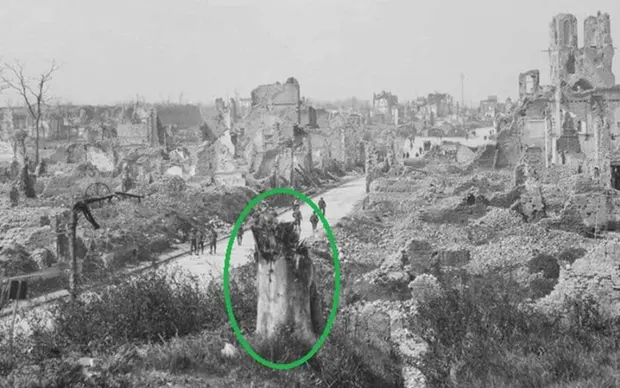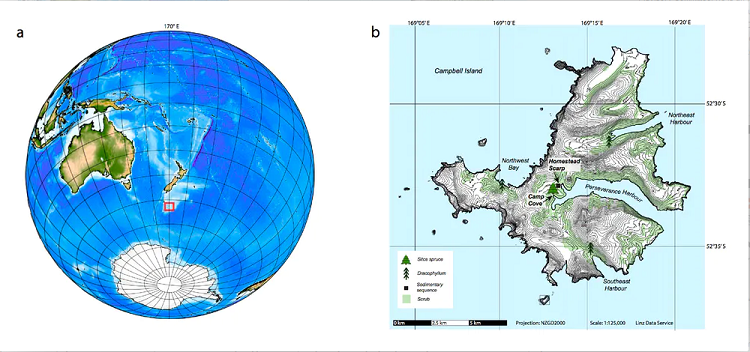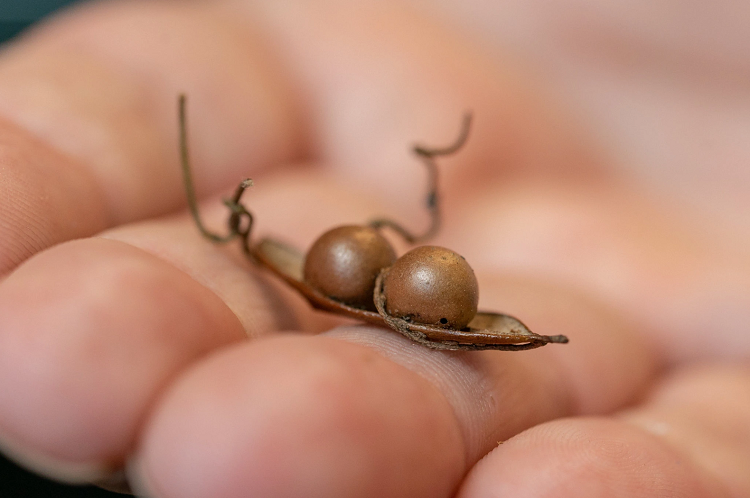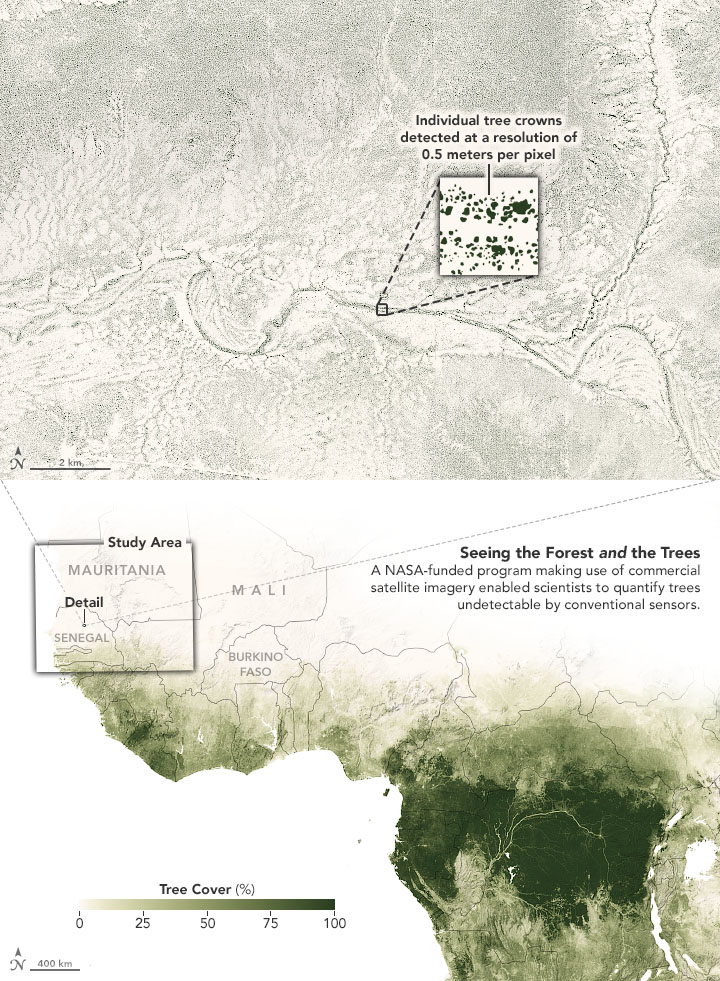“Autumn leaves don’t fall, they fly. They take their time and wander on this their only chance to soar.”
Delia Owens, Where the Crawdads Sing
Month: April 2021
Wood!
From Nature:
For much of human history, our impact on forests has been much more benign, argues biologist Roland Ennos. Even while using wood to make spears, tools, axe handles, huts and boats, our forebears found ways to protect the source of this most versatile material. Superior skills with wood had an outsize role in our evolution, from an ability to sharpen digging sticks with teeth or stones — a skill ascribed to semi-arboreal early hominins — to the control of fire, which enabled our ancestors to cook meat, allowing them to absorb more energy from it than from raw flesh, and so maintain a larger brain.
Read more here.
Caffeinated Trees
From National Geographic:
After two years, the plot of land given a boost from coffee showed a dramatic improvement. Eighty percent of the plot was covered by young tree canopy, some trees already 15 feet—including tropical species that can grow as tall as 60 feet—versus just 20 percent in the untreated plot. In the coffee-fueled plot, trees were also four times taller on average, soil samples were more nutrient-rich, and invasive grasses had been eliminated.
Read more here.
The Survivor

From The Guardian:
A chestnut tree that survived both the bombardment of Ypres in the first world war and a desperate hunt for firewood during the second has been named Belgium’s tree of the year in recognition of its survival in the face of adversity.
The tree, the sole survivor of a chestnut avenue planted 160 years ago when the city’s medieval fortifications were turned into a public park, had been left as little more than a stump by the brutal warfare that raged around it between 1914 and 1918.
But the tree’s roots were deep and strong enough for it grow back into four separate trunks as Ypres, or Ieper as it is known among Flemish speaking Belgians, was rebuilt in the years following the Great War.
Read more here.
The World’s Loneliest Tree

From the Conversation:
On Campbell Island in the Southern Ocean, some 400 miles south of New Zealand, is a single Sitka spruce. More than 170 miles from any other tree, it is often credited as the “world’s loneliest tree”. Planted in the early 20th century by Lord Ranfurly, governor of New Zealand, the tree’s wood has recorded the radiocarbon produced by above ground atomic bomb tests – and its annual layers show a peak in 1965, just after the tests were banned. The tree therefore gives us a potential marker for the start of the Anthropocene.
Read more here.
Inception with Parasites

From The New York Times:
Parasites have a leisurely lifestyle — set up camp at someone else’s place, live off their food, profit (evolutionarily speaking). But new research shows that sometimes the parasite gets a taste of its own medicine, and from an unexpected source.
Scientists studying wasps that target oak leaves found that a second parasite, a vine, can get its tendrils into the homes set up by the wasps, called galls, subverting their diversion of the host’s resources. After that, things don’t go so well for the wasp.
Galls are like in-law apartments for parasites: swollen masses of plant tissue that route nutrients to wasp larvae, which grow and develop safely within until they are mature enough to leave.
Read more here.
Trophy Trees
From The Wall Street Journal:
For decades, Walter Acree operated a modest landscaping business in Deerfield Beach, Fla. A self-described rebel, he mowed lawns in his bare feet, his then-long hair falling around his shoulders. Then, a few years ago, he stumbled into a lucrative niche business: helping South Florida’s superrich find trophy trees—the latest in status symbols for the most well-off Americans.
Read more here.
Counting Trees in Africa

From NASA Earth Observatory:
Trees play a vital role in Earth’s carbon and water cycles. They also contribute food, firewood, and other resources important to human activity. But while forests are easy to spot from above, smaller stands of trees have often gone undercounted because they have been harder to detect with the satellite imagers usually available to scientists.
Now an international team of scientists has used artificial intelligence and commercial satellites to identify an unexpectedly large number of trees spread across arid and semi-arid areas of western Africa. These drylands were previously classified as having little to no tree cover, but new analysis techniques proved otherwise. The findings could help scientists better understand and quantify the role drylands have in the storage and cycling of carbon.
Read more here.
Sounds of the Forest
From Sounds of Forest:
We are collecting the sounds of woodlands and forests from all around the world, creating a growing soundmap bringing together aural tones and textures from the world’s woodlands.
The sounds form an open source library, to be used by anyone to listen to and create from. Selected artists will be responding to the sounds that are gathered, creating music, audio, artwork or something else incredible, to be presented at Timber Festival 2021.
Listen here!
Pine Tree Stem
From Nikkon Small World:

Cross section of Pinus stem (pine tree)
Aaron Messing
Honorable Mention
2003 Photomicrography Competition